I libri sono come macchine costruite appositamente per stimolare le emozioni
Libri & Emozioni
I libri sono come delle macchine. Il loro obiettivo (almeno nella maggior parte dei casi) è stimolare le emozioni, e gli autori sono abili a fornire il carburante per raggiungere l’obiettivo.
La costruzione delle frasi ha come scopo quello di tenere il lettore incollato alle pagine, spesso grazie ad artifici stilistici che ci invitano a proseguire nella lettura. Siamo curiosi per natura, e l’istinto ci porta a sfogliare pagine per scoprire le evoluzioni della trama. Proprio per questo – ad esempio – spesso i personaggi più piacevoli si trovano in situazioni di pericolo: per stimolare empatia e mantenere alta l’attenzione. ( Book-to-Book )
Why do I always get so emotionally involved in a book ?
Books are machines built specifically to excite your emotions. (Not all books, but almost all fiction and a large amount of non-fiction .) Authors spend their lives studying how to evoke and manipulate emotion and pour all that knowledge into their works. They even do it on the sentence level. Writing teachers urge their students to include some sort of hook in each sentence which will lure readers to the next one.
Common techniques include ending chapters with cliffhangers, which excites our instinctual need to know what happens next–instinctual, because learning results was crucial for our ancestors’ survival (e.g. when a tribe member ventured into a cave, his friends needed to learn if he emerged safely or got eaten by a tiger inside); putting likable characters in peril, which evokes empathy, another evolved trait; and lacing stories with surprise, which tickles our natural pattern-matching instincts by thwarting our conclusions.
There is also a natural process that changes the brain over time, as we get to know a person. It’s a large part of the engine behind friendship. If you just meet me once at a party, you’ll probably forget me afterwards or remember just a couple of funny, interesting, or strange things I said. But if you spend lots of time with me, you’ll grow brain structures devoted to simulating me and predicting my behavior.
This happens because we evolved as pack animals–as tribal creatures. Huge portions of our brains are devoted to social processing. There’s even evidence to suggest we unconsciously think about other people when our minds seem to be at rest, zoned out, not thinking about anything. Back in our tribal days, who was sleeping with whom, who was in charge, who was likely to betray you, and who would be most-likely to come to your aid were crucial bits of survival information.
We rely on those social brain structures to make judgements like, “Don’t talk to Sally about her mom. It really upsets her,” and when we’re picking a birthday present for Jonathan. You have a little sim of him in your brain. You mentally give the sim various presents, see which ones most delight it, and that’s how you decide what to get for the real-life Jonathan. It’s why you feel confident saying, “I knew you’d like this!”
Metaphorically, at least, you can say that someone you’ve grown used to has inhabited your brain. You hold a copy of him in your head–not an exact copy, but one that’s good enough to excite your intellect and emotions. This is why it’s so hard to let go of a lover who dumps you or a friend who dies. He’s gone but not gone. Your brain is still running his program.
Books, especially long character novels and biographies, can have the same effect. Read “Lord of the Rings” and you wind up hanging out with Frodo for a long time, long enough for your brain to start simulating him, even when you close the book. You can also create sims by rereading the same book over and over, throughout your life. Lots of people have complex simulations of Harry Potter or Jay Gatsby running in their heads. Once a sim starts running, it’s bound to affect you.
You will find yourself wondering what happens to fictional characters after the book is over. On a purely rational level, that makes no sense. After the last page of “Nicholas Nickleby,” there is no Nicholas Nickleby any more. There’s nothing that happens to him after the book is over. And yet there is, because there’s a Nicholas Nickleby program still running in your brain, still predicting what he’ll do, still exciting your empathy.
Books offer condensed social information. They are to our tribal and social concerns what candy is to the parts of our brains that crave fruit. Social crack. Also causal crack. We’re obsessed by anything social and causal, and books cater to those obsessions. Marcus Geduld
Libreria Aiace Roma in via Ojetti 36 Montesacro – Nomentana – Talenti
La libreria Aiace di via Ugo Ojetti 36, Roma, è un punto speciale per i lettori e le lettrici di Roma. Ci potete trovare saggi, romanzi, riviste, raccolte di poesie a prezzi incredibili, perché la caratteristica comune a tutti questi libri è che sono usati. Nessun imbarazzo, quindi: aprendo a caso una pagina o iniziando a divorare il testo non si ha la sensazione di profanare qualcosa di sacro che andrebbe conservato così com’è, bianco, immacolato e senza orecchie laterali. Qualcuno prima di voi ha già letto quel libro e lo ha già arricchito di quella patina antica che lo rende così prezioso.
VENDITE ONLINE
SITO DI E-COMMERCE DI LIBRERIA AIACE – ROMA
Garanzia cliente eBay
- Servizio clienti tramite telefono, chat o email.
- Rimborso se non ricevi quello che hai ordinato e hai pagato con PayPal o una carta di credito elaborata da PayPal.
- Procedura di restituzione facilitata.
LINK
LINK TWITTER: #LibreriaAiace
LINK FACEBOOK: Libreria Montesacro LIBRI & LIBRI RARI
Libri & Letture
Aggiornato al 27 Novembre 2023
-
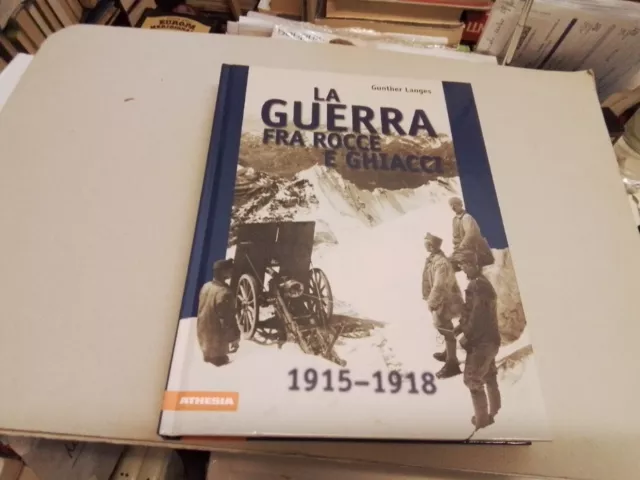
La guerra fra rocce e ghiacci 1915-1918 – Langes Gunther
-
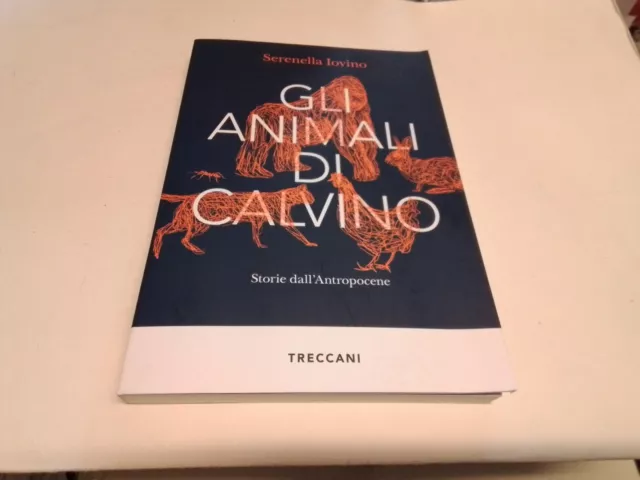
GLI ANIMALI DI CALVINO – IOVINO SERENELLA – TRECCANI
-

Locomotive Elettriche FS – E. ALBERTELLI EDITORE 1983
-

Katharine BRIGGS – FIABE POPOLARI INGLESI, CDE 1988
-

STORIA DI ROMA LA REPUBBLICA IMPERIALE – MERIDIANI I CLASSICI DELLA STORIA
-

Il grande libro delle piante magiche – Laura Rangoni – Xenia 2020
-

DESIDERIO – FRANK BIDART – EDIZIONI TLON 2018
-
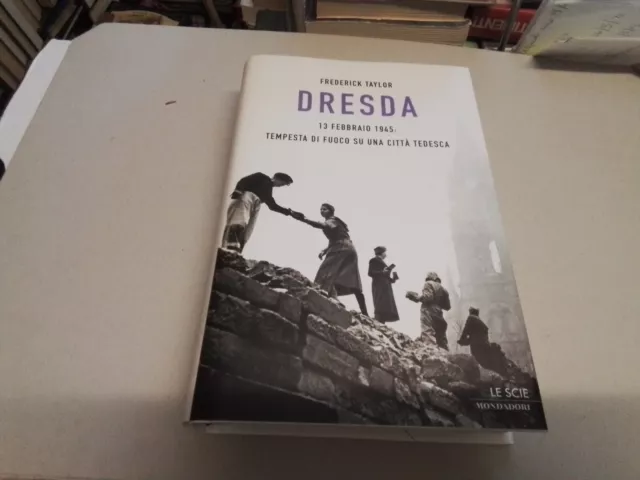
F. TAYLOR – DRESDA, 13 FEBBRAIO 1945 – LE SCIE MONDADORI 2005
-

Aeronautica militare museo storico catalogo velivoli, O. Marchi V. Zardo
-

I SERVIZI POSTALI DELL’ESERCITO ITALIANO 1915-1923 VOL 1
-

Le origini del deep state in Nord America – Ehret Matthew
-

Storia della natura d’Italia. Edizione illustrata – Fulco Pratesi
-

GLI ANIMALI E LA BIBBIA, GARAMOND 1994
-
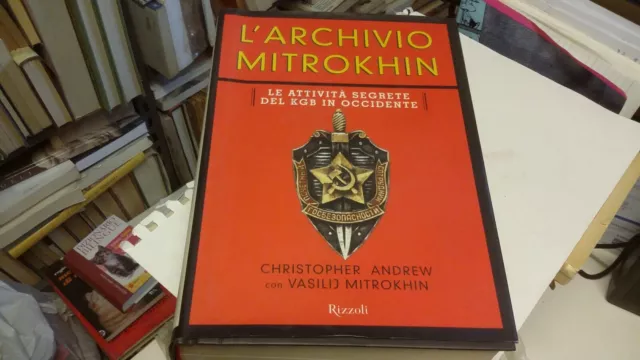
L’ARCHIVIO MITROKHIN – CHRISTOPHER ANDREW CON VASILIJ MITROKHIN 1999
-

LA NATURA DIPINTA – LUCA MASSENZIO PALERMO – EDUP 2003
-
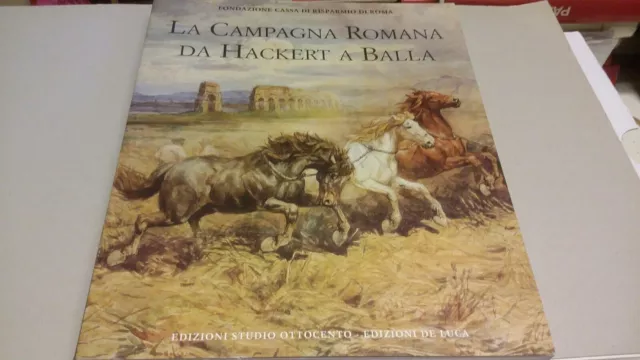
LA CAMPAGNA ROMANA DA HACKERT A BALLA – EDIZIONI STUDIO OTTOCENTO, DE LUCA
-

NELLA QUIETE DEL TEMPO – TOKARCZUK OLGA – Bompiani
-

IL MAGICO NELLA CULTURA ANTICA – GEORG LUCK – MURSIA 1994
-

Bossaglia Rossana – RITRATTO DI UN’IDEA Arte e Architettura nel Fascismo
-
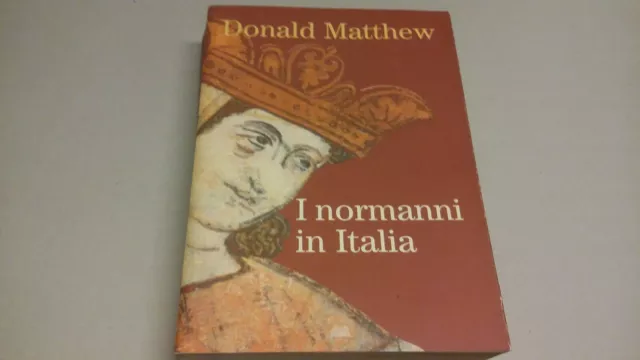
Donald Matthew – I Normanni in Italia. Mondolibri 2009
-

Jean De La Fontaine – FAVOLE – Einaudi 1958
-

Tasso Torquato – GERUSALEMME LIBERATA – Einaudi 1999
-

TRILUSSA TUTTE LE POESIE Mondadori I MERIDIANI 2004, 1 Edizione
-
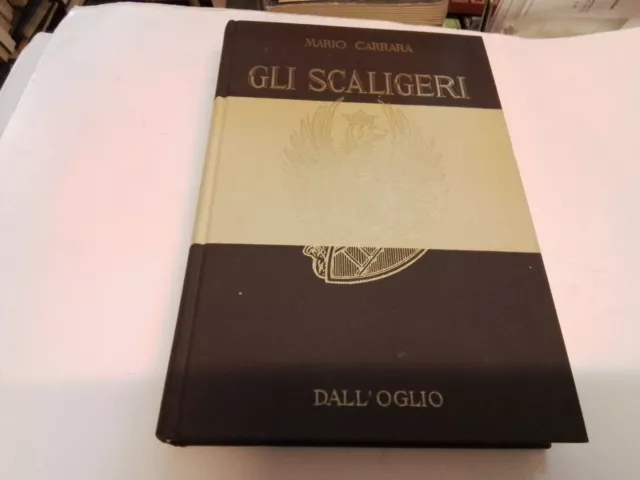
GLI SCALIGERI – MARIO CARRARA – DALL’OGLIO 1966
-

William Butler Yeats: FIABE IRLANDESI – CDE 1989
-

Zero Calcare: Macerie Prime, sei mesi dopo – Bao Publishing 2018, 1a Edizione
-
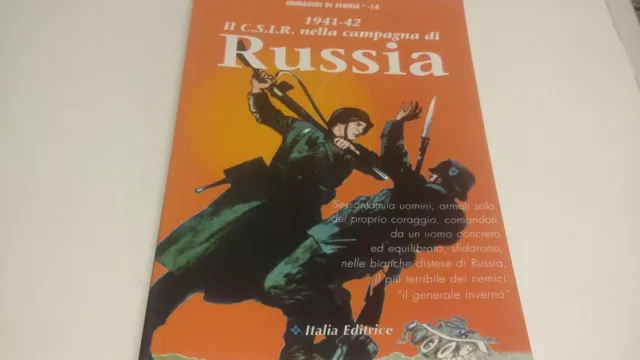
1941-1942 IL C.S.I.R. NELLA CAMPAGNA DI RUSSIA. Immagini di Storia
-

I NIBELUNGHI – EINAUDI MILLENNI 1972
-

CONVERSAZIONI CON L’INTELLIGENZA ARTIFICIALE – F. NARMENNI
-
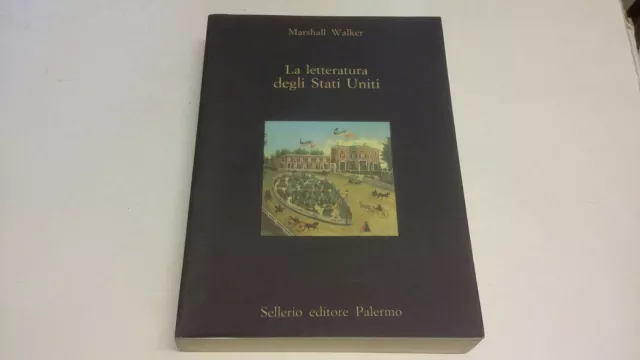
Marshall Walker – La letteratura negli Stati Uniti – Sellerio 1997
-

R. CALASSO: LA LETTERATURA E GLI DEI, ADELPHI, 2001
-

C. Petraccone – Le due civiltà – Laterza 2005
-
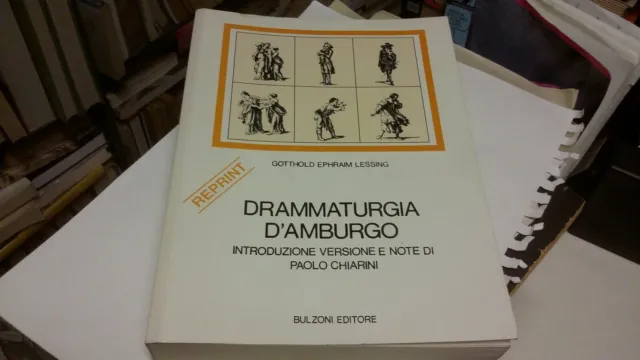
DRAMMATURGIA D’AMBURGO, Gotthold Ephraim Lessing, Bulzoni 1975
-

Romanzi e Novelle – Grazia Deledda – I Meridiani Mondadori 1971 1a Edizione
-

S e C. Gargiulo, Pesci del Mediterraneo, Atlantis 1989
-

Biancaneve e i settenari. Antologia di poesia giocosa, Bartezzaghi S. ( A cura )
-
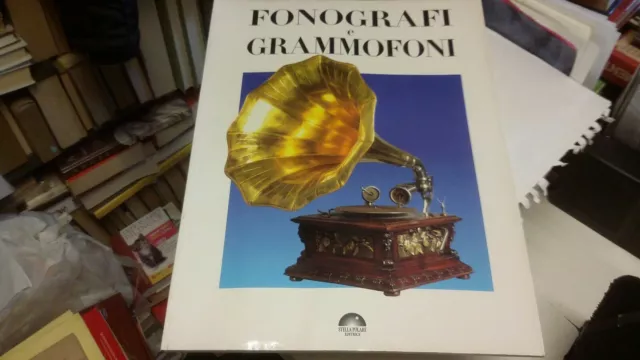
Fonografi e Grammofoni – Edizioni Stella Polare 1991
-
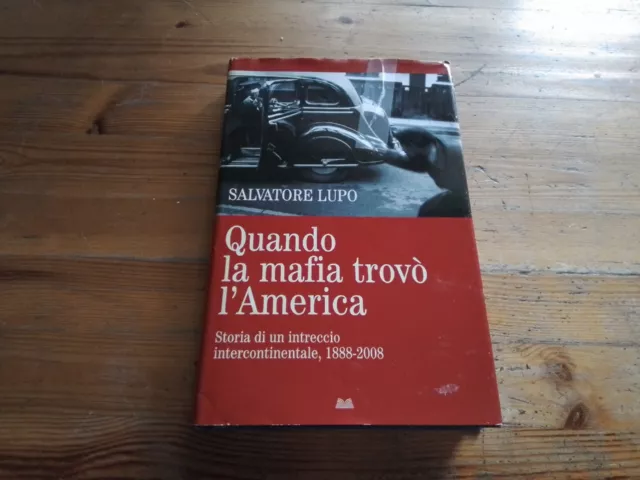
Salvatore Lupo, Quando la mafia trovò l’America, Mondolibri
-
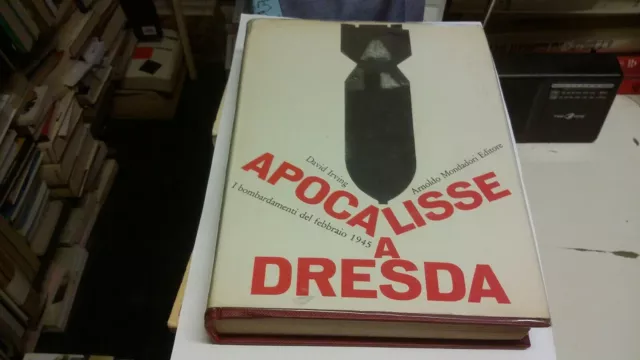
DAVID IRVING: Apocalisse a Dresda – PRIMA EDIZIONE 1965
-

M. WACHTLER, LA STORIA DELLE DOLOMITI, ATHESIA, 2005
-
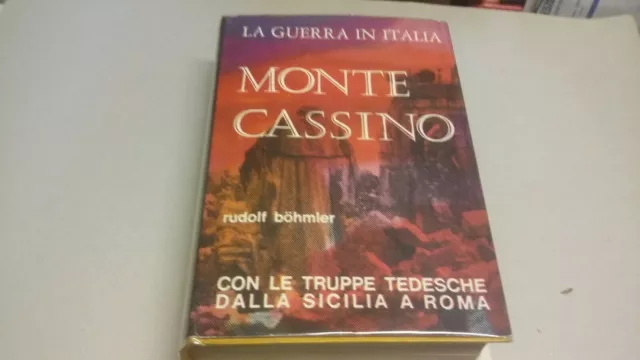
Rudolf Böhmler, Montecassino, Baldini & Castoldi 1964
-
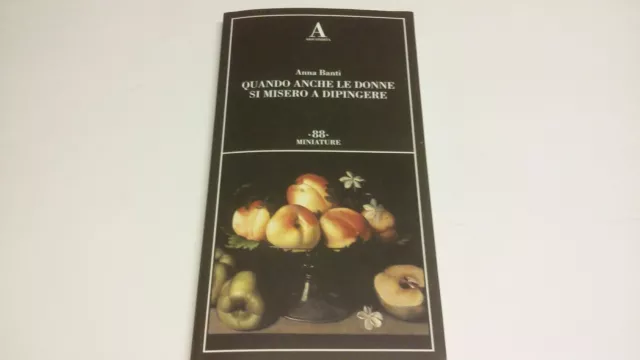
Anna Banti – QUANDO ANCHE LE DONNE SI MISERO A DIPINGERE – 2011
-

L’ ARTE NAZISTA, GUYOTz-RESTELLINI, OSCAR SAGGI MONDADORI 1992
-

Benedetto Croce – LA MIA FILOSOFIA – Adelphi 1993
-

Branca Remo BREVIARIO DI XILOGRAFIA Editrice Sarda Fossataro 1967
-
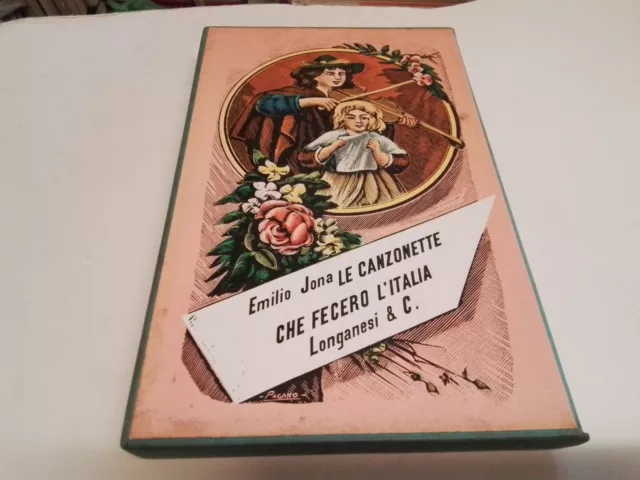
Le canzonette che fecero l’Italia – Emilio Jona – Longanesi – 1962

